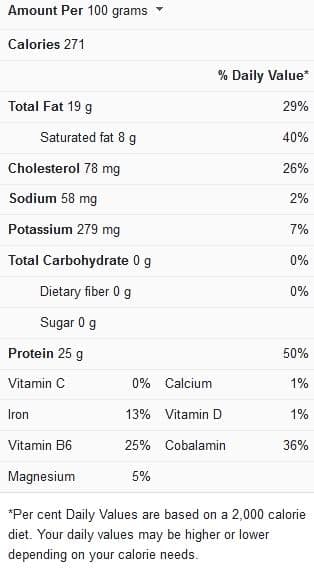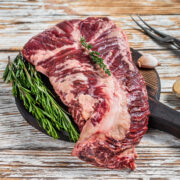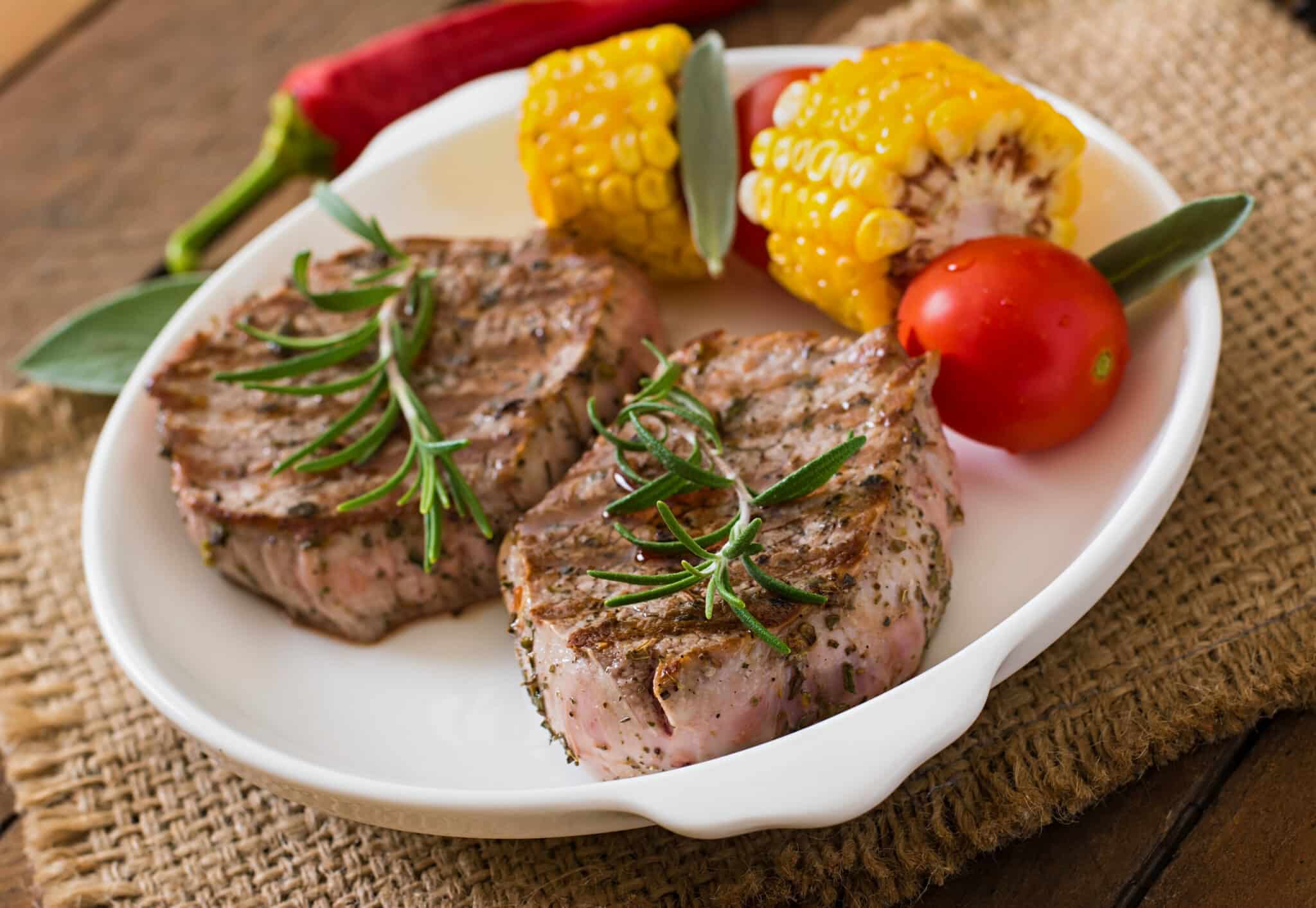While there are different techniques out there you could use when preparing your steak, pan-frying on a stove has been one of the easiest, fastest, and most delicious methods people use when making a Steak. The trick in pan-frying is knowing how to choose a good cut and properly pan-sear your meat because this helps build flavor and texture in the recipe.
When we make steak, we all want the result to be tasty and juicy, it is easy to achieve this with just a few tips to note when prepping and cooking your meal, and in this article, I’ll be sharing all of that plus more, like the correct cooking time, recipe procedure, and awesome helpful tips for your steak recipe. So, let’s get right into that.
Steak nutrition facts

Tips to consider when making a tender steak on a stove
Steak recipes are easy to make but to get a guaranteed good result each time you make it on a stove, you should consider using these tips
Choosing the right meat cut- when choosing your meat cut, you should choose them according to the technique you’re using for it. Since stovetop cooking includes pan-searing, the best meat cut should be boneless cuts that cook fast with a 1 to 1¹/² inches thickness.
Most Meat cuts would work, especially if it’s good for grilling, too; meat cuts like the Ribeye, NY strip, filet mignon, sirloin steaks, porterhouse, flat iron, or even T-bone would work for the stovetop technique. However, if the recipe involves pan-searing on a stove and baking in an oven to finish it off, then you can go for larger cuts like roast beef tenderloin.
Remove any excess moisture- one simple trick to get a good searing out of your steak is to remove any moisture on the steak and pat dry with a clean towel or paper towel before cooking.
Add some butter- most people know this tip, and some others may think it’s unnecessary, but adding a little bit of vegetable oil as you start and then using butter after that adds intense flavor to your recipe. You have to baste properly to get that moist, baked, delicious flavor and desired texture.
Season your steak 30 minutes before cooking- letting the seasoning rest for a few minutes allows the meat cut to absorb them properly; it also helps tenderize the meat before you start cooking. You could choose to keep it simple with just salt and pepper, but most people add more seasonings to their meat cut to get a robust flavor; use whatever seasoning you want; the aim is to get a tasty steak recipe.
Use a meat thermometer- having a meat thermometer when cooking is extremely beneficial for your recipe; everyone has different cooking equipment, so the final results may not be the same even with the right cooking time. However, a guaranteed way of getting the right doneness for your meat cut is to use a meat thermometer.
If you’re making a rare steak, you should remove the meat from heat when the steak is about 125°F which is about 6 minutes of cooking time.
If you’re making a medium-rare steak, remove it from heat when the meat’s internal temperature is about 130°F which is about 8 minutes.
Then for a medium steak, you should remove the meat from heat when the steak’s internal heat temperature is about 140°F which is about 10 minutes of cooking time.
View this post on Instagram
Different Methods for Cooking a Tender Steak on a Stove
There are different ways of making steak, like using the grill, oven, stove, etc. Since the stove is what we will be focusing on in this article, I’ll be sharing the different methods of making tender steak on a stove; they include;
Pan-searing involves cooking the steak in a pan with little oil over high heat to deep brown both sides and get a tender steak.
Using a grill pan- this method of cooking a steak is almost similar to regular pan-searing but using the grill pan gives the steak that signature grill mark look on the outer layer of the steak.
Pan-frying is also common when using the stove; it involves frying the meat in cooking oil using a frying pan; the meat is regularly coated first with egg wash and then flour before frying, which gives a crispy outer texture with a moist inner texture.
Braising- this method of stove steak cooking produces a tender and delicious result; it is first seared before adding a flavorful liquid content or just regular water, which is then cooked on low heat.
Cooking time for a steak on a stove
The estimated cooking time for a tender steak on a stove is described in the table below.
Cooking method
Cooking time
Cooking a tender steak on the stove
12 minutes
PrintTender stovetop steak (. Servings)
Ingredients
- Steak of your choice
- Four tablespoons of unsalted butter
- One teaspoon of black pepper
- One teaspoon of kosher salt
- Three smashed garlic cloves
- Three sprigs of fresh thyme and rosemary
Equipment
- Stove
- Cast iron skillet
- Tongs
- Meat thermometer
- Measuring spoons
- Plates
- Paper towels
- Cutting board and knife
Instructions
- Remove the steak from the refrigerator and let it rest for about 30 minutes to one hour.
- Pat dry with paper towels to remove any excess moisture.
- After that, season your meat cut properly with some salt and pepper (if you’d like to add any additional seasoning, then go right ahead, but don’t overdo it).
- Place your skillet on the stove and let it heat for about 10 minutes; you could add a little bit of cooking oil or not in the pan and swirl the pan, so the oil spreads evenly.
- Add the steak and let it cook for a few minutes; add some unsalted butter and let it melt in the pan.
- Continue searing that side until it is golden brown, has a nice crust, and isn’t sticking to the pan before flipping it over and cooking the other side.
- Add your fresh herbs to the pan with some butter and baste the steak with the liquid in the pan; continue flipping and basting for about 6 minutes or until you reach the internal temperature of about 125°F-130°F for medium-rare doneness.
- Remove the steak and let it rest for about 5 minutes; after resting, carve the steak and serve however you’d like.
Making a tender steak on a stove is easy and if you’d still want more ideas and inspirations for your recipe, check out this video recipe.

